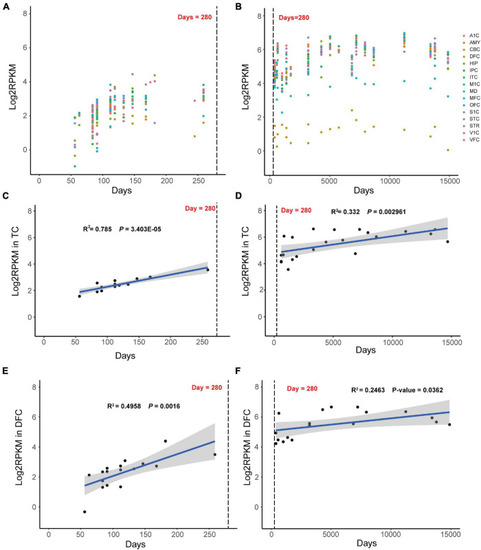FIGURE 3
- ID
- ZDB-FIG-220203-29
- Publication
- Shu et al., 2022 - The Role of Microtubule Associated Serine/Threonine Kinase 3 Variants in Neurodevelopmental Diseases: Genotype-Phenotype Association
- Other Figures
- All Figure Page
- Back to All Figure Page
|
Dynamic expression mode of |

